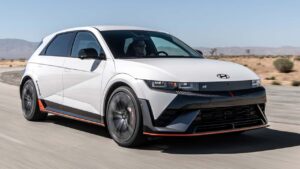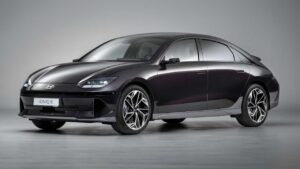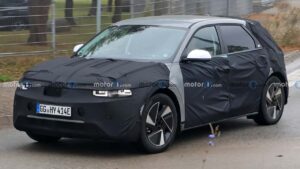Revamped Electric Vehicle: Enhanced Battery and Refreshed Design
Despite being in production for three years, the Ioniq 5 retains its conceptual appearance and doesn’t require a major revamp. However, the first purely electric vehicle from Hyundai will undergo some minor changes for its 2024 release in South Korea, followed by other regions shortly after. Let’s examine the modifications as they are quite subtle.
In the future, an N Line variant will serve as a link between the standard Ioniq 5 trims and the top-performing N model. This approach mimics Hyundai’s approach for its traditionally powered vehicles, featuring a slightly more athletic appearance with no added power. The all-style-no-substance variation boasts distinct bumpers, side skirts, and 20-inch wheels in a new and unique design. Distinguishing between the two is effortless, as the “fangs” on the front and the “N Line” emblem on the grille clearly indicate the N Line version.
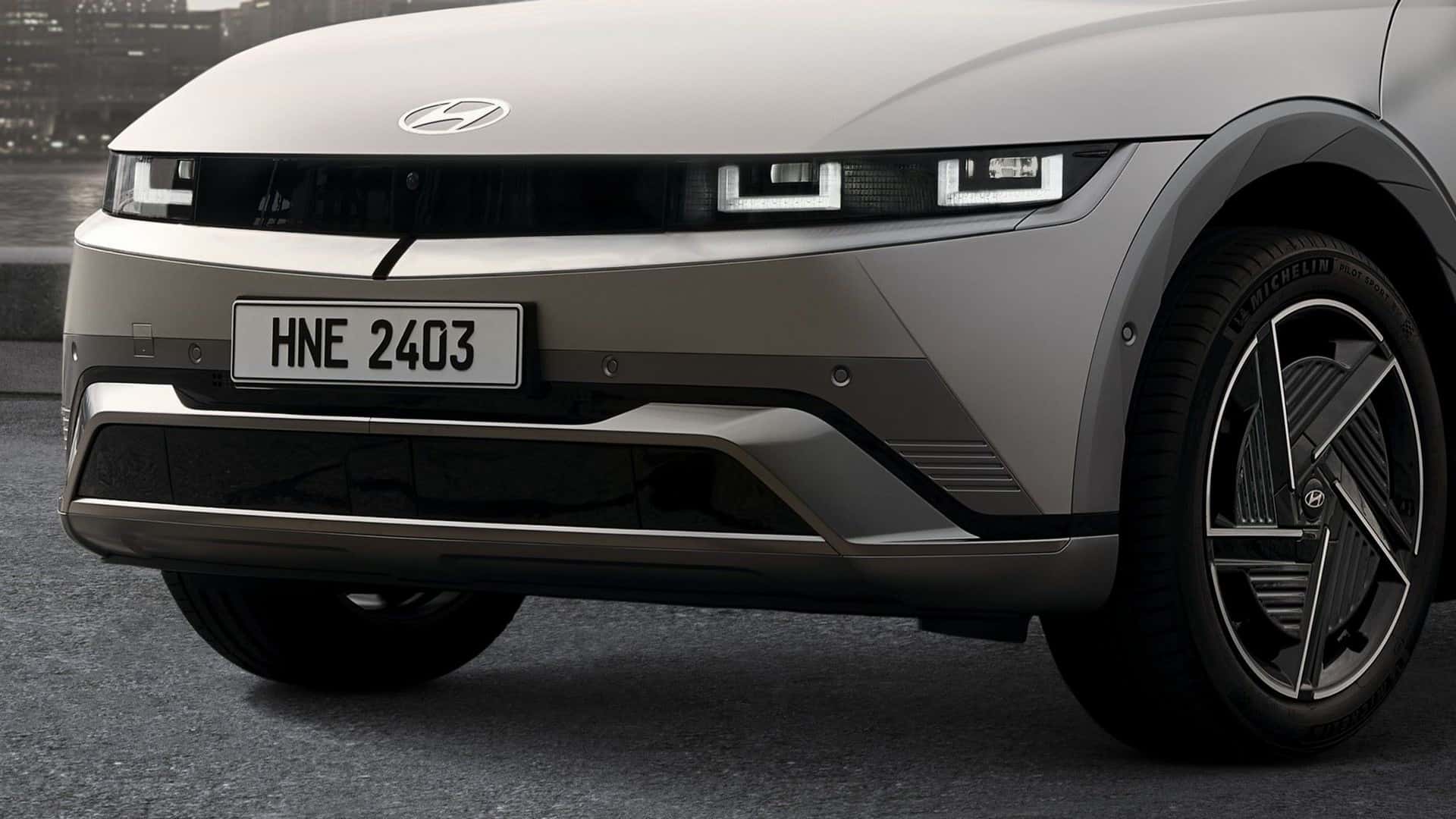
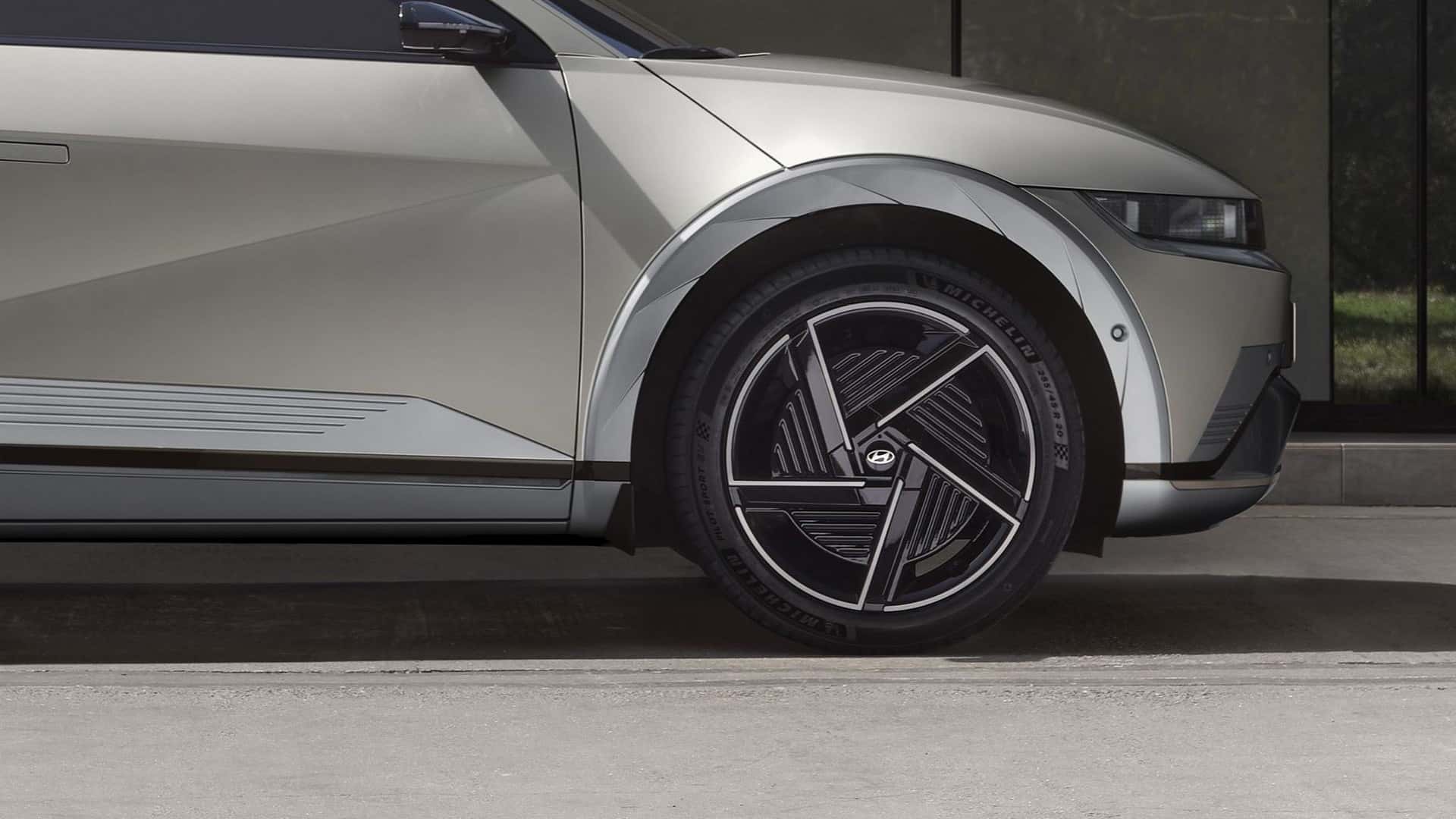
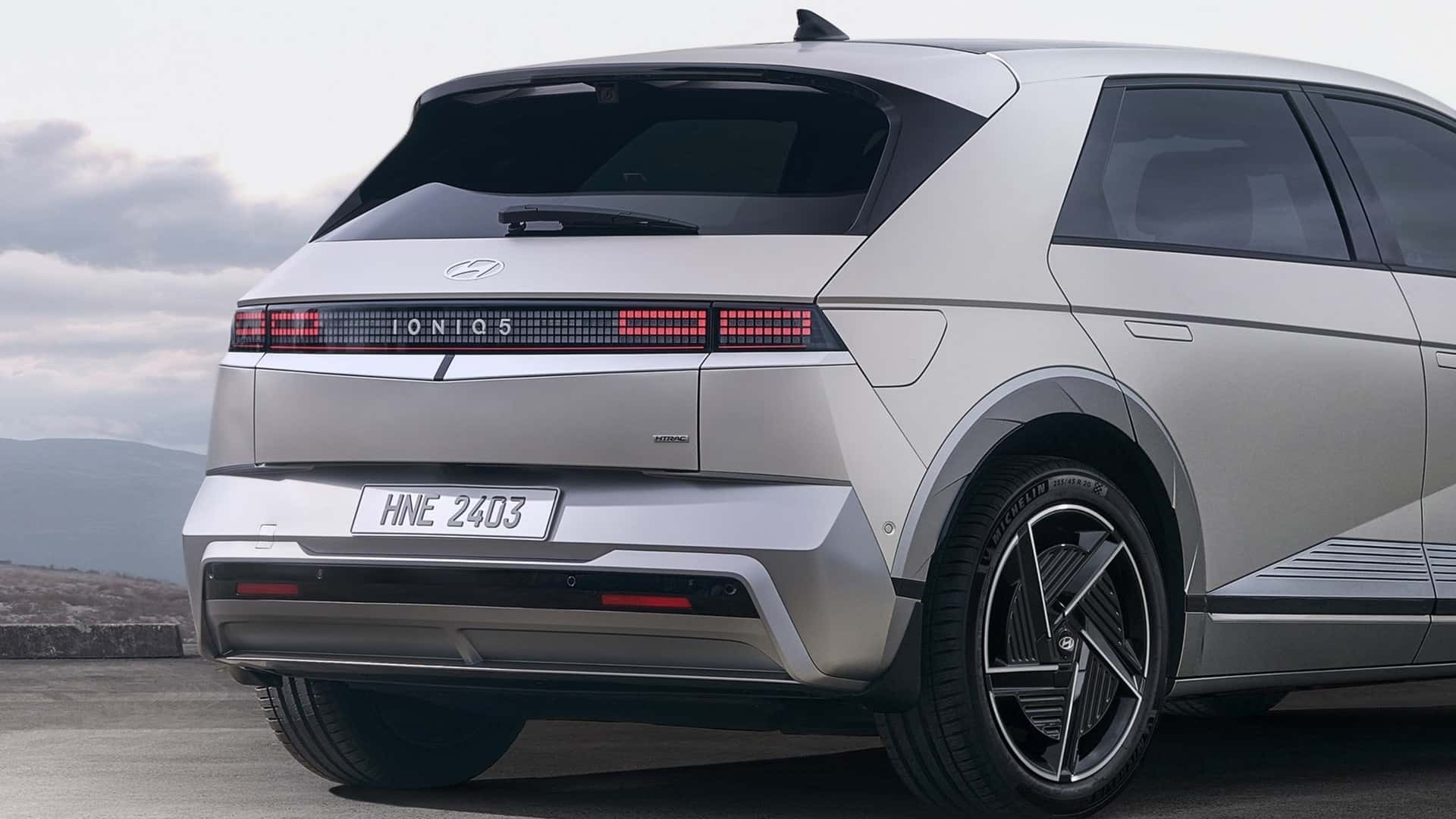
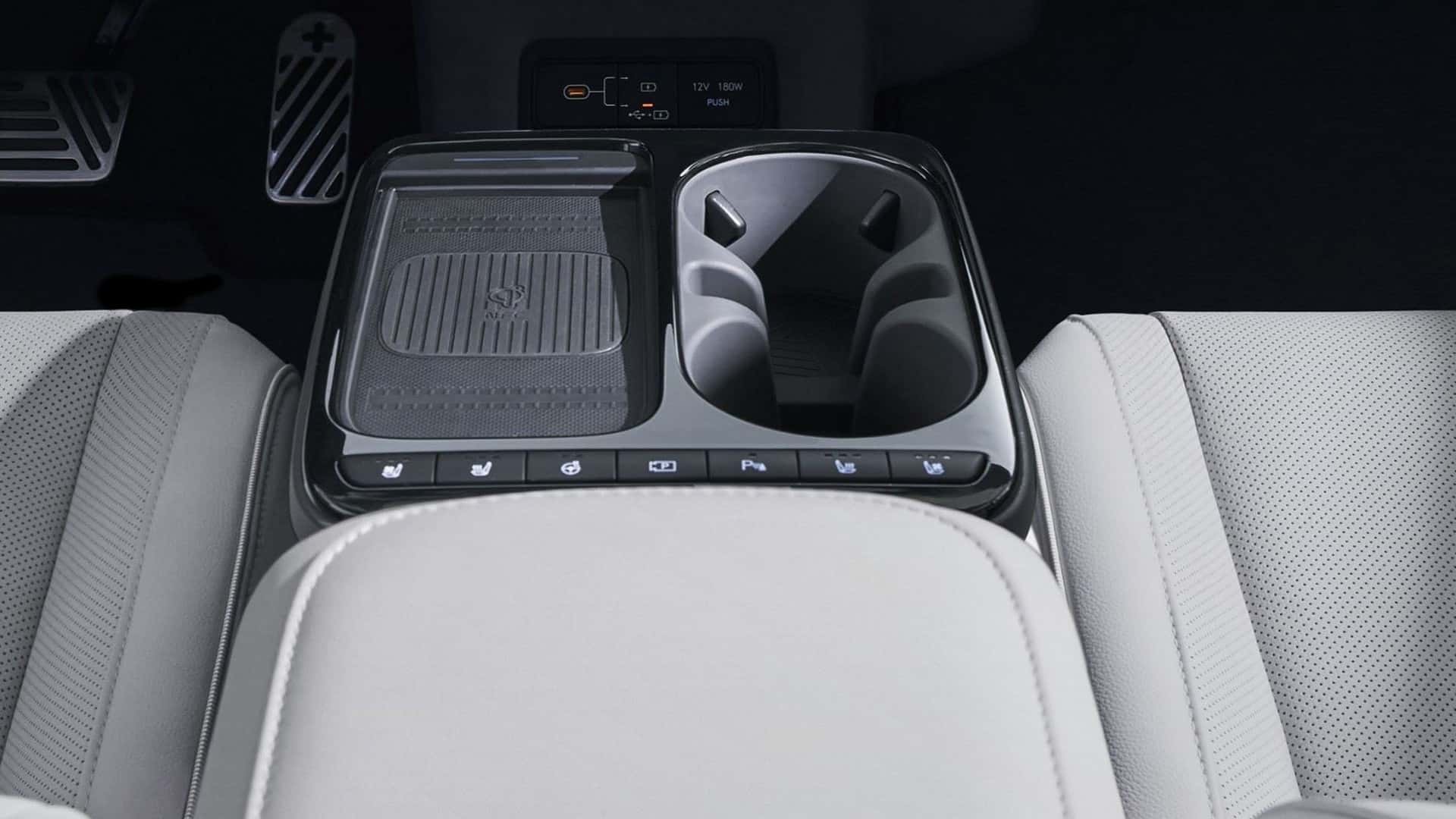
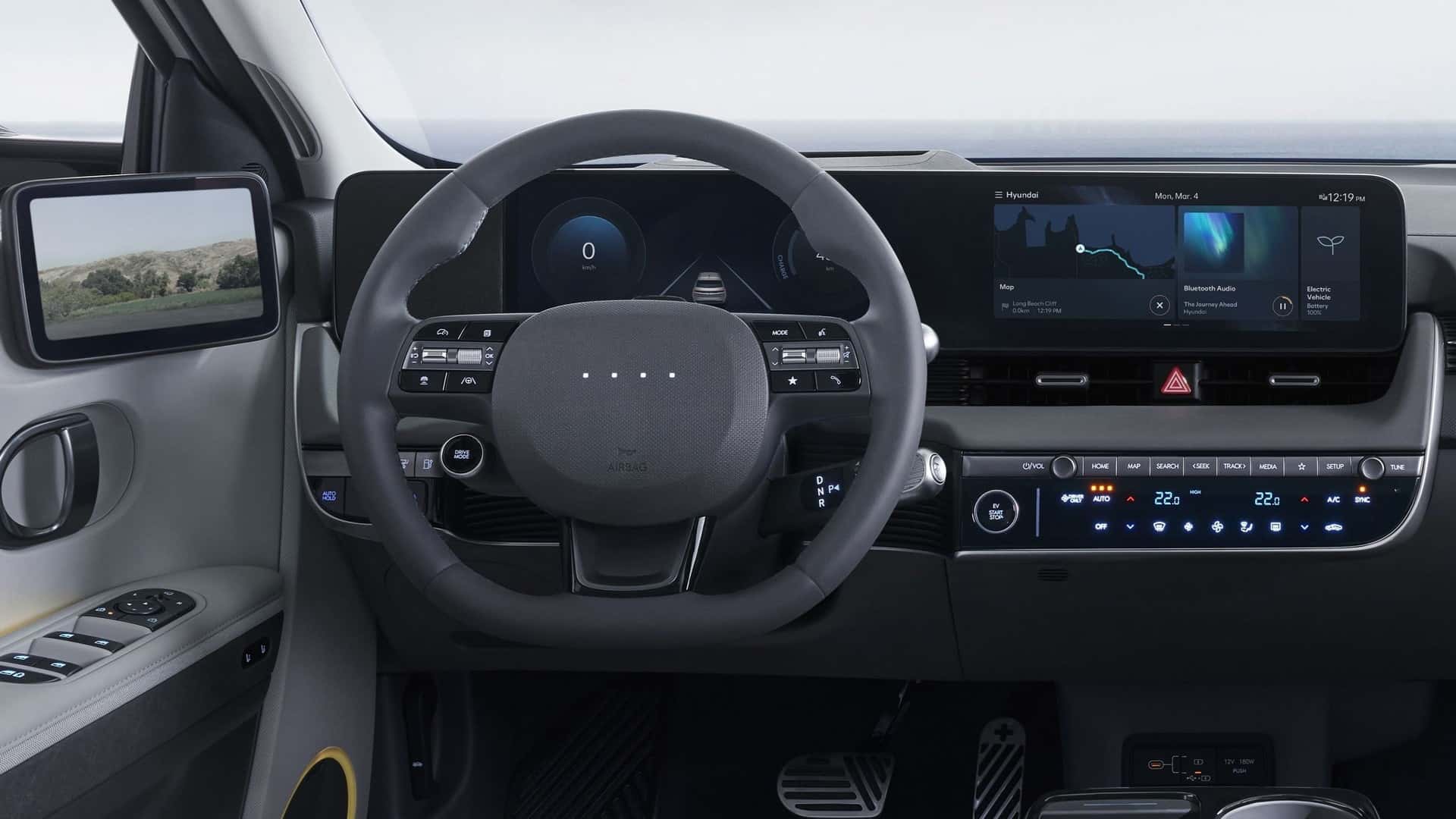
Hyundai has announced updates for the standard Ioniq 5, including a slight facelift to the grille and bumpers. Although the width, height, and wheelbase remain unchanged, the EV has been stretched by 20 millimeters (0.8 inches) due to the remodelled bumpers. Another change is the increased width of the rear spoiler by 50 mm (1.97 in), along with a new selection of wheels to choose from. One long-awaited addition is a rear wiper, a feature that was already present on the Ioniq 5 N.
While some may argue that the interior of the new Hyundai Ioniq 5 is similar to its predecessors, Hyundai has made significant changes by adding more buttons. Similar to the Tucson, the Ioniq 5 now offers extra physical controls for frequently used features. These include a row of buttons that allow for quick access to the heated and ventilated front seats, as well as the heated steering wheel and parking assist function. These controls can be found at the top of the “Universal Island,” a term coined by marketers to refer to the sliding central console.
Several modifications have been made to the area, specifically regarding the wireless charging pad. It has been conveniently relocated closer to the driver and front passenger for easier access. Furthermore, it is situated to the left of the cup holders, which have been vertically oriented. Additionally, Hyundai has also made adjustments to the layout of the climate controls on the dashboard and integrated interactive pixel lights onto the steering wheel.
Upgrade to the N Line edition and receive added perks including athletic seating, a sleek black ceiling, striking red stitching, a dynamic two-tone interior, as well as a distinct design for the steering wheel and dashboard. With this premium version, drivers will have the ability to conveniently fold down their second row of seats from a remote location.
In other regions, the recently released Ioniq 5 boasts a modernized multimedia system that allows for remote updates, improved safety features, strengthened doors and B-pillars, and increased rigidity of the body. Hyundai has also made adjustments to the shock absorbers in order to minimize steering wheel vibrations, and the company has doubled the reinforcements on the rear and underside of the vehicle to decrease noise levels. In addition, the rear motor now includes added sound insulation compared to previous models for a more tranquil interior. Taking after the Ioniq 5 N, the standard model now comes equipped with a larger 84-kWh battery pack, an upgrade from the previous 77.4 kWh one.
The refreshed Ioniq 5 and the recently launched Ioniq 5 N Line are set to hit the market this month in South Korea, with plans for a global release in 2024.
Source: Hyundai


